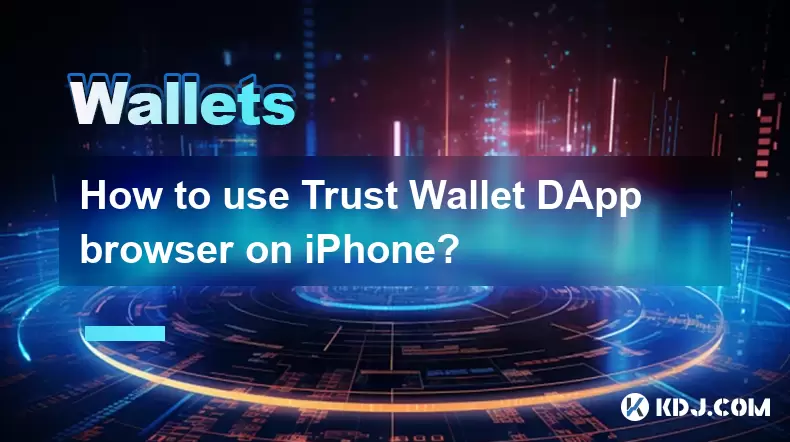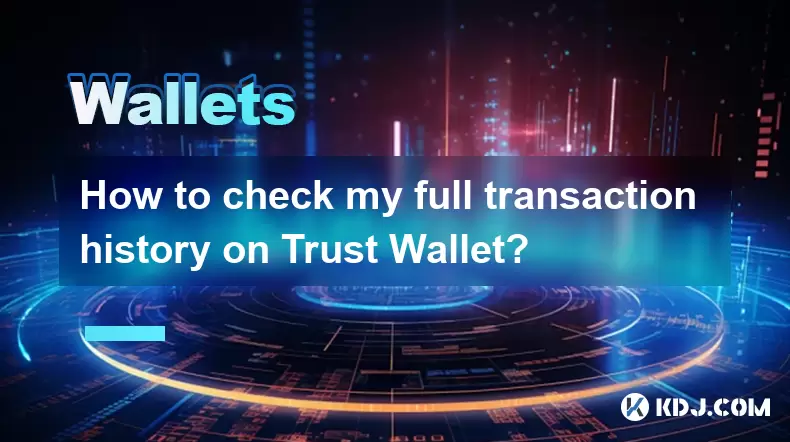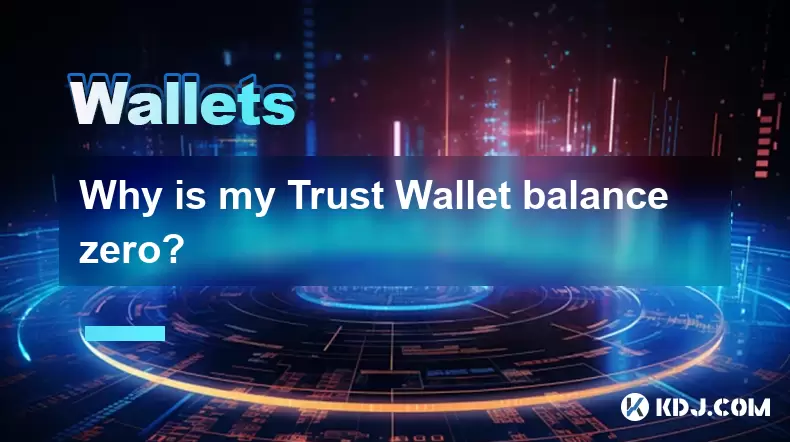-
 Bitcoin
Bitcoin $112400
-1.07% -
 Ethereum
Ethereum $3409
-3.27% -
 XRP
XRP $2.784
-6.60% -
 Tether USDt
Tether USDt $0.9997
-0.03% -
 BNB
BNB $739.3
-2.09% -
 Solana
Solana $158.0
-2.90% -
 USDC
USDC $0.9998
-0.02% -
 TRON
TRON $0.3213
-0.94% -
 Dogecoin
Dogecoin $0.1929
-5.01% -
 Cardano
Cardano $0.6974
-2.82% -
 Hyperliquid
Hyperliquid $36.69
-2.31% -
 Sui
Sui $3.327
-4.80% -
 Stellar
Stellar $0.3672
-5.18% -
 Chainlink
Chainlink $15.65
-3.07% -
 Bitcoin Cash
Bitcoin Cash $525.0
-1.68% -
 Hedera
Hedera $0.2291
-6.00% -
 Avalanche
Avalanche $20.91
-2.96% -
 Ethena USDe
Ethena USDe $1.000
0.00% -
 Toncoin
Toncoin $3.520
-1.12% -
 UNUS SED LEO
UNUS SED LEO $8.968
0.14% -
 Litecoin
Litecoin $105.7
0.26% -
 Shiba Inu
Shiba Inu $0.00001181
-1.79% -
 Polkadot
Polkadot $3.492
-2.08% -
 Uniswap
Uniswap $8.800
-3.10% -
 Dai
Dai $0.9999
-0.01% -
 Monero
Monero $289.9
-3.17% -
 Bitget Token
Bitget Token $4.243
-1.27% -
 Pepe
Pepe $0.00001006
-3.67% -
 Cronos
Cronos $0.1248
-5.68% -
 Aave
Aave $249.7
-2.50%
How to use Trust Wallet DApp browser on iPhone?
Access the Trust Wallet DApp browser on iPhone via the compass icon, connect securely to DApps like PancakeSwap, and always verify URLs and contracts before approving transactions.
Aug 03, 2025 at 01:56 am

Accessing the Trust Wallet DApp Browser on iPhone
To begin using the Trust Wallet DApp browser on iPhone, ensure you have the latest version of the Trust Wallet app installed from the Apple App Store. Open the app and authenticate using your preferred method—Face ID, Touch ID, or passcode. Once inside, locate the "Browser" tab at the bottom navigation bar. This tab is represented by a compass icon. Tap on it to launch the DApp browser interface. The browser is integrated directly into the app, allowing seamless interaction with decentralized applications without needing a separate browser.
The DApp browser functions like a standard web browser but is optimized for blockchain-based websites. It supports Ethereum, Binance Smart Chain, Polygon, and other EVM-compatible networks. Before proceeding, confirm that your desired network is active. Navigate to the network selector, usually located at the top-left corner, and choose the blockchain your DApp operates on. For example, if you're accessing a Uniswap-like exchange, select Ethereum Mainnet. If the DApp is on BSC, switch to Binance Smart Chain.
Connecting Your Wallet to a DApp
When visiting a decentralized application (DApp), you will often need to connect your wallet. Navigate to the DApp’s website using the in-app browser—examples include PancakeSwap, OpenSea, or Aave. Once the site loads, look for a "Connect Wallet" button, typically located in the top-right corner of the webpage. Tap it to reveal wallet options. Select "WalletConnect" or "Trust Wallet" if directly supported.
A prompt will appear within the Trust Wallet app requesting permission to connect. Review the DApp’s name and the network it’s requesting access on. Tap "Connect" to proceed. This action establishes a secure link between your wallet and the DApp, enabling it to read your wallet address and request transaction approvals. Note that the DApp cannot access your private keys or initiate transactions without your explicit approval.
Ensure that you only connect to well-known and audited DApps. Scam websites may mimic legitimate platforms to steal funds. Always double-check the URL in the browser’s address bar. Legitimate DApps have verified domains—such as pancakeswap.finance—and should not have misspellings or strange characters.
Approving Transactions and Signing Messages
After connecting, you may interact with the DApp by swapping tokens, providing liquidity, or minting NFTs. When such actions are initiated, the Trust Wallet app will display a transaction confirmation screen. This screen shows critical details including the network fee (gas), the smart contract address, and the exact amount being sent or approved.
Review each field carefully. Pay attention to the "Contract Address"—malicious contracts may appear legitimate but have slight variations. If everything is correct, tap "Confirm" to sign and broadcast the transaction to the blockchain. Your iPhone’s secure enclave ensures that the private key never leaves the device.
For signing messages—often used in authentication or NFT claims—Trust Wallet will display the message content. These messages may include login requests or proof of ownership. Never sign a message that contains random characters or seems unrelated to the DApp’s function. Tap "Sign" only if the message is clear and expected.
Managing Connected DApps and Sessions
Trust Wallet allows you to view and manage active DApp connections. Tap the "Browser" tab, then access the menu (usually three dots or lines) to find "Connected Sites" or "Active Sessions". This list shows all DApps currently linked to your wallet. For security, disconnect from sites you no longer use.
To disconnect, swipe left on the DApp entry or tap a "Disconnect" button. This revokes the DApp’s ability to read your wallet address or request transactions. You can reconnect later by visiting the site again and repeating the connection process.
You can also clear browsing data within the DApp browser. Go to settings in the Trust Wallet app, find "Browser Settings", and choose to clear cache, cookies, or history. This helps prevent tracking and removes outdated session data.
Switching Networks and Adding Custom Chains
The Trust Wallet DApp browser supports multiple blockchains. To switch networks, tap the network indicator at the top of the browser—default is usually Ethereum. A dropdown menu will show available chains such as BNB Smart Chain, Polygon, Avalanche, and Fantom. Select the one matching the DApp you're using.
If the DApp operates on a custom or unsupported chain, you can add it manually. Go to Trust Wallet settings, select "Networks", and tap "Add Custom RPC". Fill in the required fields:
- Network Name: e.g., "Fantom Opera"
- RPC URL: Provided by the blockchain’s documentation
- Chain ID: Found on chain’s official site
- Symbol: Native token ticker (e.g., FTM)
- Block Explorer URL: For transaction tracking
After saving, the new network appears in the browser’s network selector. Always verify RPC URLs from official sources to avoid phishing.
Security Best Practices While Using the DApp Browser
Never share your recovery phrase with anyone, not even support teams. Trust Wallet will never ask for it. Beware of fake DApps that prompt you to "import wallet" or "verify holdings"—these are scams.
Enable passcode or biometric lock in Trust Wallet settings to protect access. Keep your iPhone updated to benefit from the latest security patches. Avoid using public Wi-Fi when interacting with DApps. If necessary, use a trusted VPN.
Bookmark frequently used DApps within the browser to avoid typing URLs manually. This reduces the risk of visiting malicious clones. Regularly review connected DApps and revoke access from unknown or unused sites.
Frequently Asked Questions
Can I use hardware wallets with Trust Wallet’s DApp browser on iPhone?
No, Trust Wallet does not support direct integration with hardware wallets like Ledger or Trezor within the DApp browser on iOS. The app manages private keys internally using the device’s secure enclave. While you can import accounts via WalletConnect on some platforms, full hardware signing is not available on the iPhone version.
Why doesn’t a DApp load properly in the Trust Wallet browser?
DApp loading issues may stem from network incompatibility, outdated app version, or unsupported JavaScript features. Ensure you’re on the correct network, update Trust Wallet via the App Store, and check if the DApp supports mobile browsers. Some DApps are desktop-only or require specific wallet integrations not yet available on mobile.
How do I recover a transaction that failed in the DApp browser?
Failed transactions usually result from insufficient gas or network congestion. Open the "Transaction History" in Trust Wallet, locate the failed transaction, and tap to view details. You can often "Speed Up" or "Cancel" it by submitting a new transaction with higher gas. Confirm the replacement via the in-app prompt.
Is it safe to enter my seed phrase if a DApp asks for it?
Absolutely not. No legitimate DApp will ever request your seed phrase. Entering it on any website will result in complete loss of funds. Trust Wallet never displays your seed phrase after initial setup. If a site asks for it, close the page immediately and report the URL as phishing.
Disclaimer:info@kdj.com
The information provided is not trading advice. kdj.com does not assume any responsibility for any investments made based on the information provided in this article. Cryptocurrencies are highly volatile and it is highly recommended that you invest with caution after thorough research!
If you believe that the content used on this website infringes your copyright, please contact us immediately (info@kdj.com) and we will delete it promptly.
- BlockDAG, SEI, Ethena: Top Crypto Performers Under the Microscope
- 2025-08-03 10:50:16
- Bitcoin Blasts Past $119K: How Institutional Adoption and Macro Shifts Fuel the Fire
- 2025-08-03 10:55:16
- Crypto, Grok, and August: Decoding the Latest Trends and Insights
- 2025-08-03 11:10:16
- Crypto, Phishing, and Your Wallet: A New Yorker's Guide to Staying Safe
- 2025-08-03 10:30:16
- Troller Cat Meme Coin Presale Soars: A New King in the Crypto Jungle?
- 2025-08-03 10:30:16
- Grayscale, Altcoin Trust, and Mid-Cap Mania: What's the Deal?
- 2025-08-03 08:50:16
Related knowledge

What is a watch-only wallet in Trust Wallet?
Aug 02,2025 at 03:36am
Understanding the Concept of a Watch-Only WalletA watch-only wallet in Trust Wallet allows users to monitor a cryptocurrency address without having ac...

How to fix a stuck pending transaction in Trust Wallet?
Aug 03,2025 at 06:14am
Understanding Why Transactions Get Stuck in Trust WalletWhen using Trust Wallet, users may occasionally encounter a pending transaction that appears t...

What is a multi-coin wallet in Trust Wallet?
Aug 03,2025 at 04:43am
Understanding Multi-Coin Wallets in Trust WalletA multi-coin wallet in Trust Wallet refers to a digital wallet that supports multiple cryptocurrencies...

How to switch between networks in Trust Wallet?
Aug 02,2025 at 12:36pm
Understanding Network Switching in Trust WalletSwitching between networks in Trust Wallet allows users to manage assets across different blockchains s...

How to check my full transaction history on Trust Wallet?
Aug 02,2025 at 09:24am
Understanding Transaction History in Trust WalletTrust Wallet is a widely used non-custodial cryptocurrency wallet that supports a broad range of bloc...

Why is my Trust Wallet balance zero?
Aug 02,2025 at 03:49am
Understanding Trust Wallet Balance Display IssuesIf you're seeing a zero balance in your Trust Wallet despite knowing you've previously received or se...

What is a watch-only wallet in Trust Wallet?
Aug 02,2025 at 03:36am
Understanding the Concept of a Watch-Only WalletA watch-only wallet in Trust Wallet allows users to monitor a cryptocurrency address without having ac...

How to fix a stuck pending transaction in Trust Wallet?
Aug 03,2025 at 06:14am
Understanding Why Transactions Get Stuck in Trust WalletWhen using Trust Wallet, users may occasionally encounter a pending transaction that appears t...

What is a multi-coin wallet in Trust Wallet?
Aug 03,2025 at 04:43am
Understanding Multi-Coin Wallets in Trust WalletA multi-coin wallet in Trust Wallet refers to a digital wallet that supports multiple cryptocurrencies...

How to switch between networks in Trust Wallet?
Aug 02,2025 at 12:36pm
Understanding Network Switching in Trust WalletSwitching between networks in Trust Wallet allows users to manage assets across different blockchains s...

How to check my full transaction history on Trust Wallet?
Aug 02,2025 at 09:24am
Understanding Transaction History in Trust WalletTrust Wallet is a widely used non-custodial cryptocurrency wallet that supports a broad range of bloc...

Why is my Trust Wallet balance zero?
Aug 02,2025 at 03:49am
Understanding Trust Wallet Balance Display IssuesIf you're seeing a zero balance in your Trust Wallet despite knowing you've previously received or se...
See all articles

























































































